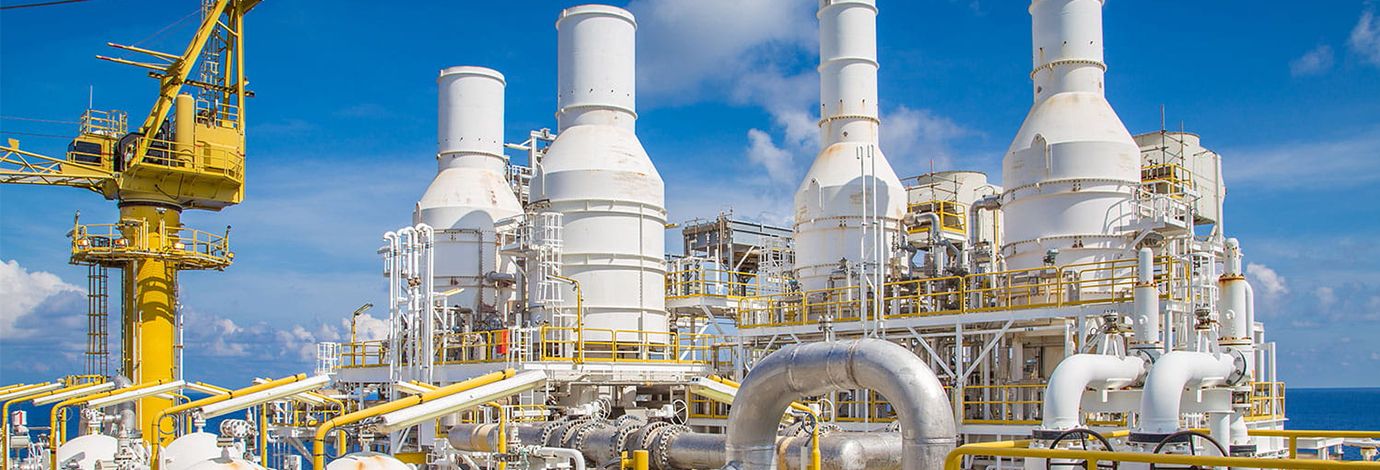
19 November 2020
Around the world, decommissioning is becoming a hot topic as assets reach their end of life and climate change takes center stage.
The United Kingdom (UK) could spend over USD 20 billion to decommission more than 90 topside facilities and 1,600 associated wells in the next 10 years. The Gulf of Mexico will have to remove 2,000 structures alone. And on the other side of the globe, we’ve estimated it will cost USD 37 billion to dismantle Australia’s offshore O&G infrastructure.
But increased public scrutiny over asset disposal has added another layer to decommissioning.
Not only do we have to remove the structures, but we also have to do so holistically while aligning our efforts to net-zero targets. The world needs renewable energy infrastructure to do this. And we need it quickly.
That’s where green decommissioning fits.
To move to a low-carbon economy, we need to assess every aspect of energy infrastructure. And this includes the lifecycles of energy assets.
An asset’s end of life is an opportunity to leverage the significant capital already invested in it. Reusing infrastructure, be it the entire facility or key equipment within the facility, is a disposal alternative that supports the circular economy through recycling and waste reduction. It can also prop up new energy infrastructure.
The industry and its stakeholders are developing roadmaps for the reuse of strategic assets such as offshore structures and pipeline networks. This includes determining whether this infrastructure has reuse potential and how future decommissioning liabilities can be satisfied. And then aligning these assets with the growing renewable energy sector. By looking at the options available, industry, governments and stakeholders can establish viable pathways to reuse infrastructure and develop decommissioning strategies that align with future alternative energy markets.
For example, the industry is considering repurposing offshore pipelines and structures for transporting hydrogen, to transmit captured CO2 or to use in future offshore desalination facilities. In Scotland and the UK, offshore O&G platforms and wells are being used in carbon capture, use and storage (CCUS) projects to inject CO2 into depleted offshore oil fields to store and sequester carbon. Offshore assets are also being used to develop floating hydrogen. All these projects are unlocking new revenue streams for existing or new operators, while making the decommissioning of legacy assets low carbon.
Governments are not far behind. Regulatory frameworks in most jurisdictions are challenging local suppliers to support asset repurposing. For example, the UK has net-zero initiatives in place for the reuse of infrastructure such as the UK Energy Integration Vision. In December 2021, the European Union introduced a legislative change to encourage the transition to renewable and low carbon gases in existing infrastructure. The legislation will encourage the blending of hydrogen and gas within pipelines and using LNG terminals to import renewable and low-carbon gases. Once the legislation is in place for the supply chain, the business case becomes easier and repurposing of offshore infrastructure is enabled.
But planning for the sustainable reuse of assets is more than just connecting the dots on repurposing infrastructure.
The industry also needs to address new challenges that come with repurposing assets. For example, the risk of hydrogen embrittlement in existing gas pipelines, which can expose hydrogen to air and make it flammable. Such risks need detailed analysis, followed by preventative measures.
Industry can also use the experience and lessons learned from the early stages of project planning to develop successful closure strategies that support the energy transition. We’ve taken this approach when mapping asset disposal options for O&G companies. Through this work we’ve learned that decommissioning is much more expensive because disposal pathways are international due to a lack of in-country recycling infrastructure. Developing local decommissioning guidelines and disposal capacity will not only lower the cost but also support a circular economy.
Elsewhere, our engineers have been involved in structural integrity and lifting assessments that aimed to remove assets in a single lift. This enabled the quick, safe disposal and recycling of assets with minimal environmental impacts onshore while reducing overall decommissioning costs.
In South East Asia, we’re looking at routing electrical cables through redundant offshore pipelines. This could help avoid disturbing established marine habitats and protect renewable energy cables from damage by shipping – all while reducing the cost of new cable burial.
We’re also transferring our knowledge from O&G decommissioning to the offshore wind industry, driving sustainable decommissioning into wind turbine design. Current wind turbines can’t be recycled, so the industry must bring end of life planning to the design phase of new offshore wind farms. This work in the early phase is helping us bring solutions from project development to the challenges of the energy transition.
At the same time, new concepts for asset relocation and repurposing outside of energy production are beginning to pop up. This includes recycling offshore assets into recreational sites for fishing, scuba diving, hotels and the rehabilitation of coral reefs. Space exploration companies have even acquired some facilities in the Gulf of Mexico for potential offshore launch activities.
The opportunity for legacy O&G assets to contribute to a low-carbon economy is enormous and it’s opportunities like this that inspire us to help our clients transition to a sustainable future. We’re excited to see where green decommissioning can take us and the world.
Learn more about how we’re supporting the transition.